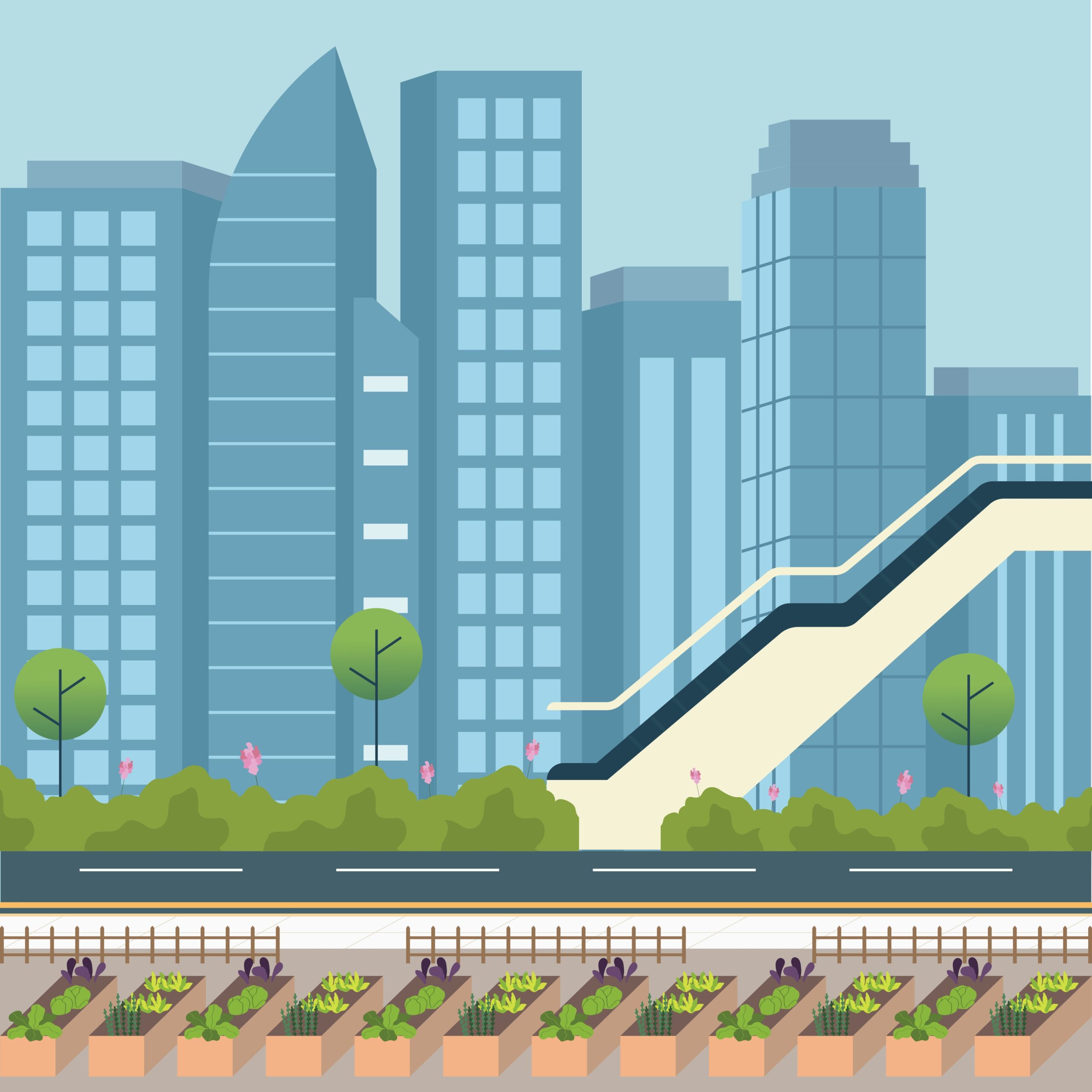If your lower back hurts when performing deadlifts, it’s important to address this issue to prevent injury and maximize the effectiveness of the exercise. Here are some common reasons for lower back pain during deadlifts and tips to help correct them:
Table of Contents
1. Form and Technique
- Rounded Lower Back: One of the most common causes of lower back pain during deadlifts is rounding the back. Ensure that your spine remains neutral, with a slight arch in the lower back throughout the movement.
- Bar Path: The barbell should stay close to your body throughout the lift. A bar path that drifts away can place excessive strain on your lower back.
- Hips and Shoulder Alignment: Initiate the lift with your hips in the right position. Starting with your hips too high can place extra stress on your back. Your shoulders should also remain higher than your hips as you lift the bar.
- Fixes:
- Practice the hip hinge movement without weights to reinforce proper mechanics.
- Use a lighter weight until you can consistently maintain a neutral spine.
2. Weight Selection
- Using too much weight can compromise form and increase the risk of injury. Start with a weight that allows you to complete the movement with perfect form, and gradually increase the load over time.
3. Foot Positioning
- Feet should be about hip-width apart with toes slightly turned out. If your feet are too close together or too wide, it may alter your body mechanics and place additional stress on your lower back.
4. Core Engagement
- A weak or disengaged core can lead to lower back pain. The core muscles help stabilize your spine and maintain a neutral back position during deadlifts.
- Fix:
- Before lifting, take a deep breath into your belly and brace your core. Imagine tightening your midsection as if preparing to take a punch.
- Consider incorporating core-strengthening exercises into your routine, such as planks, dead bugs, or anti-rotational exercises like the Pallof press.
5. Glute and Hamstring Activation
- Insufficient activation of the glutes and hamstrings can cause the lower back to take on more of the load than necessary. Properly engaging these muscles helps protect your lower back.
- Fix:
- Warm up with exercises like glute bridges, hip thrusts, or leg curls to activate the posterior chain.
- Focus on pushing through your heels and squeezing your glutes as you stand up during the deadlift.
6. Mobility Issues
- Tight hamstrings, hip flexors, or limited ankle mobility can force you into improper positions, leading to lower back discomfort.
- Fix:
- Incorporate dynamic stretching and mobility exercises, particularly for the hamstrings, hips, and ankles.
- Use a proper warm-up routine before attempting heavy lifts.
7. Progression
- Consider Variations: If conventional deadlifts continue to cause discomfort, try variations like sumo deadlifts, trap bar deadlifts, or Romanian deadlifts, which can sometimes be more forgiving on the lower back.
If pain persists despite adjusting your form and technique, consider consulting a fitness professional for a personalized assessment or a healthcare provider to rule out any underlying issues.

Comment